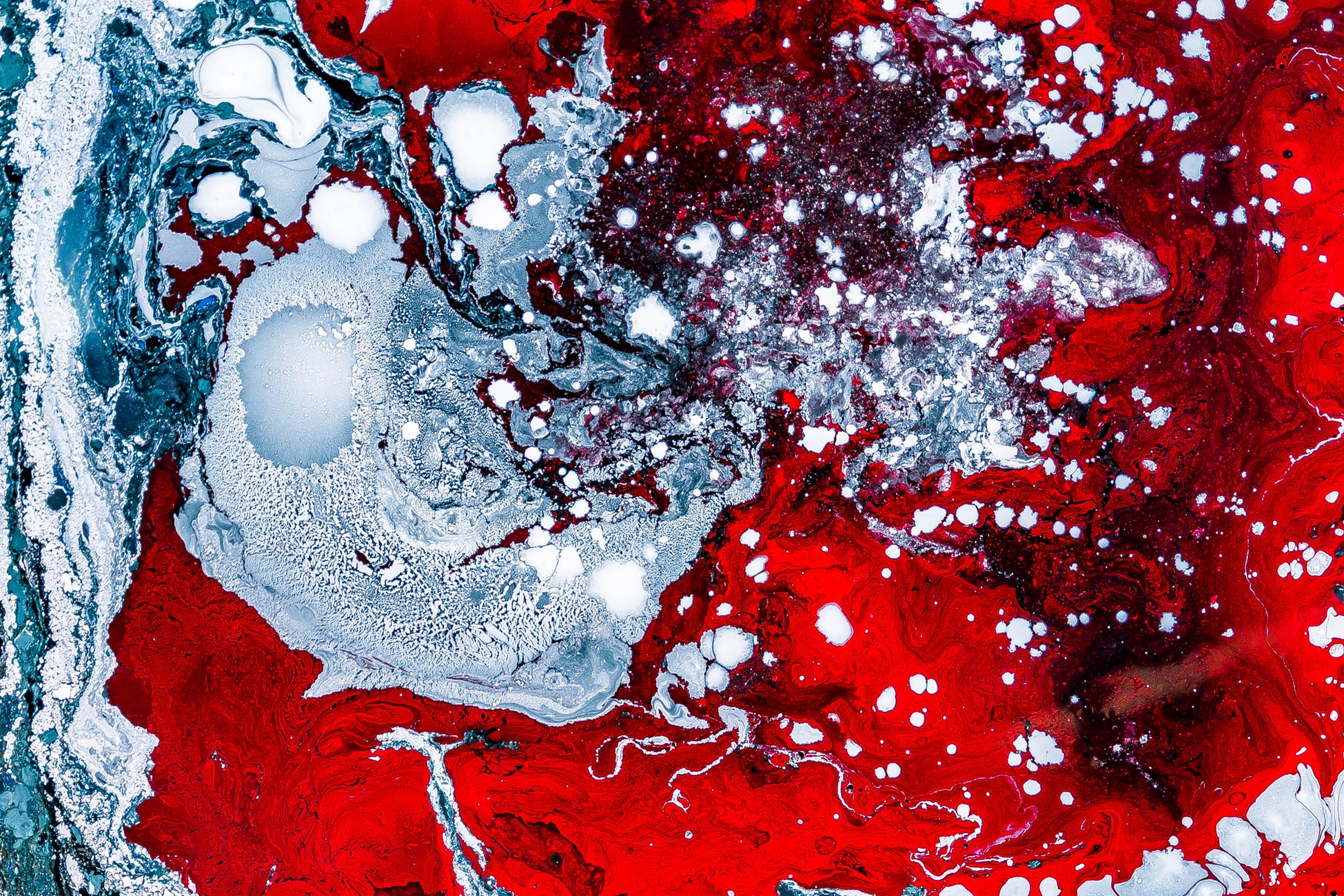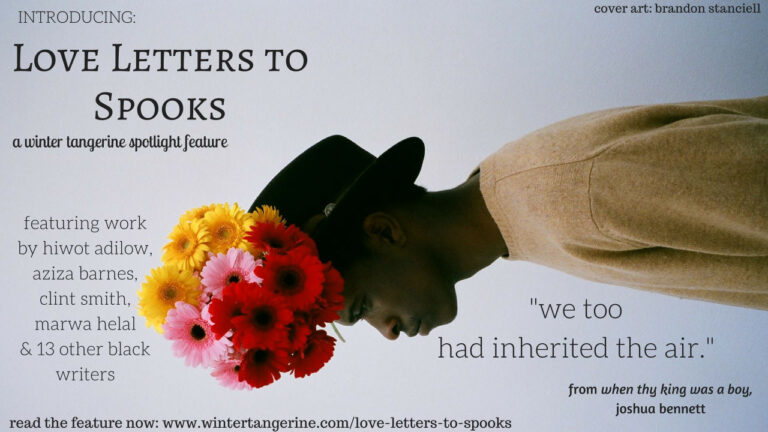Blood Memory

“There is only one of you in all time; this expression is unique. And if you block it, it will never exist through any other medium and it will be lost.”—Martha Graham
Dance was my first foray into art, and I studied it for sixteen years with the kind of blind passion you can only cultivate before puberty, before cynicism and self-doubt set in, gnawing at your dreams.
Though humble, those years of dance training gave me my first taste of expressing myself through art, of channeling meaning. Though I wobbled and my turnout failed when I danced en pointe to Vivaldi’s “Spring,” I understood the rapturous feeling of new growth, the sun on one’s skin after winter. Vivaldi translated his feelings about spring into music, and we small town Carolinians tried our best to bring those ideas to life with the body. Though our results were what you might expect from a studio that shared space with a gas station, our effort was noble.
I’ve always admired artists who work in conversation with other genres, for example, Gertrude Stein’s Picasso-inspired Cubist word portraits, or Leanne Shapton’s exquisite books filled with her prose, drawing, and painting. The critic James Wood plays drums. Johan Wolfgang von Goethe, among other pursuits, wrote a theory of colors and was an accomplished water colorist, all the while studying botany, law, and writing works such as Faust and Elective Affinities. It seems to me that the practice of more than one art form, even if the relationship is tempestuous between the two, often leads to a fruitful synthesis, a honing of sensibility, insight. The art forms are forced into conversation, and a unique bridge is built between them. The blossom-shaped space between the circles of a Venn diagram is formed.
Therefore, I was delighted but not surprised when Blood Memory, a book by the dancer and choreographer Martha Graham, changed my writing life. Published posthumously in 1991, the 96-year old Graham writes about her formation, struggles, triumphs, and defeats as a dancer, but what rises to the surface is a meditation—not about what it means to be a dancer, but what it means to be a committed artist. Graham is hungry, ferocious, scathingly brilliant, sensual and compassionate. She writes of watching a younger woman dance the ballets she choreographed for herself and her husband thirty years prior “a circle of hell Dante omitted.” She is the type of person Henry James speaks about as the ideal writer in his essays—the person “upon whom nothing is lost.”
Graham writes economically and without sentimentality about her career, about “times of complete frustration…daily small deaths,” and of harnessing emotion. She’s dedicated to her art and practice, saying work “is a means of inviting the perfection desired.” But it is a statement in the video above that encapsulates the book and its author best, and the notion that has stayed with me, that transferable insight we carry with us from the best art. Martha, casually pinning a modernist adornment into her hair before an appearance as Jocasta, warns the artist of the greatest failure. “That which you do not want to do,” she warns, admiring herself in the dressing room mirror, “is to fail in either clarity, or passion.”

